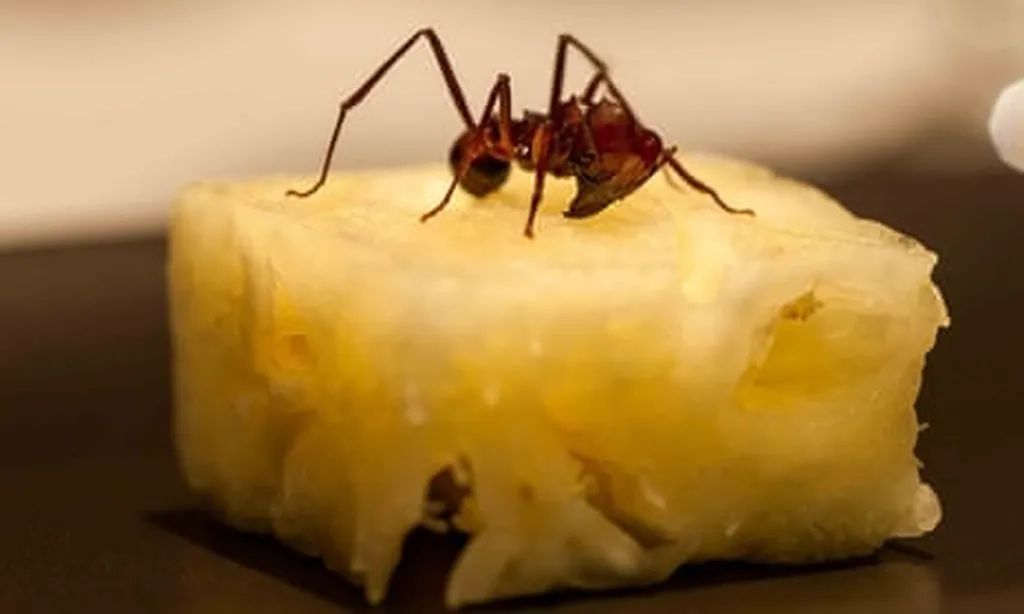In the heart of India’s poultry industry, a pressing environmental challenge is being met with innovative solutions. The rapid expansion of the chicken industry has led to a surge in waste, posing significant threats to public health and the environment. However, a recent study published in ‘Frontiers in Bioscience-Elite’ (translated to ‘Frontiers in Life Sciences’) offers a beacon of hope, exploring sustainable management techniques that could transform chicken waste into a valuable resource.
Dr. Muthulakshmi Pandi Hemavarshini, a researcher from the Department of Soil Science and Agricultural Chemistry at Tamil Nadu Agricultural University, has been at the forefront of this research. “The improper disposal of chicken waste can lead to nutrient leakage, water and soil contamination, and the spread of harmful bacteria,” she explains. “Moreover, untreated waste exacerbates climate change by increasing greenhouse gas emissions.”
The study delves into various treatment techniques, including gasification, pyrolysis, anaerobic digestion, and composting. Each method offers unique benefits. Anaerobic digestion, for instance, uses bacteria to produce biogas, a sustainable energy source. Pyrolysis, on the other hand, produces biochar and bio-oil, while composting converts waste into fertilizer. Gasification produces syngas, which can be used for fertilizer production.
The commercial implications for the energy sector are substantial. Biogas, biochar, and bio-oil are all valuable byproducts that can be harnessed to create a circular economy. “Choosing the most efficient treatment approach necessitates a thorough assessment of waste properties, intended end products, and economic factors,” Dr. Hemavarshini notes.
The research not only highlights the potential of these treatment procedures but also underscores the need for sustainable and effective strategies for dealing with chicken waste. By prioritizing value development, environmental preservation, and public health, these strategies could pave the way for a more responsible and sustainable future for the chicken industry.
As the world grapples with the challenges of climate change and environmental degradation, this research offers a glimmer of hope. It demonstrates that with the right techniques and strategies, waste can be transformed into wealth, and environmental challenges can be turned into opportunities. The study, published in ‘Frontiers in Bioscience-Elite’, is a testament to the power of innovation and the potential of sustainable agriculture.
The findings of this research could shape future developments in the field, encouraging further exploration of waste-to-wealth strategies. It’s a call to action for the energy sector to invest in sustainable waste management technologies, not just for the sake of the environment, but also for the economic benefits they offer. As Dr. Hemavarshini puts it, “This is not just about managing waste; it’s about creating value and ensuring a sustainable future.”

